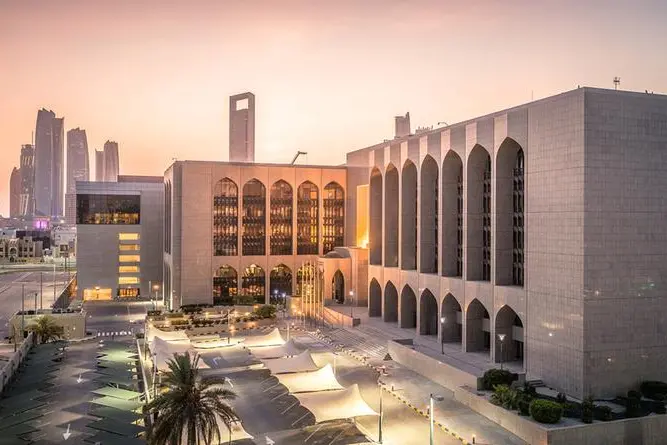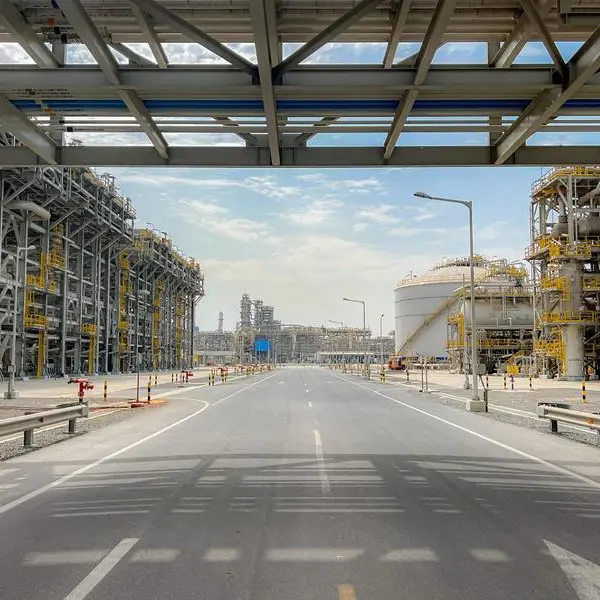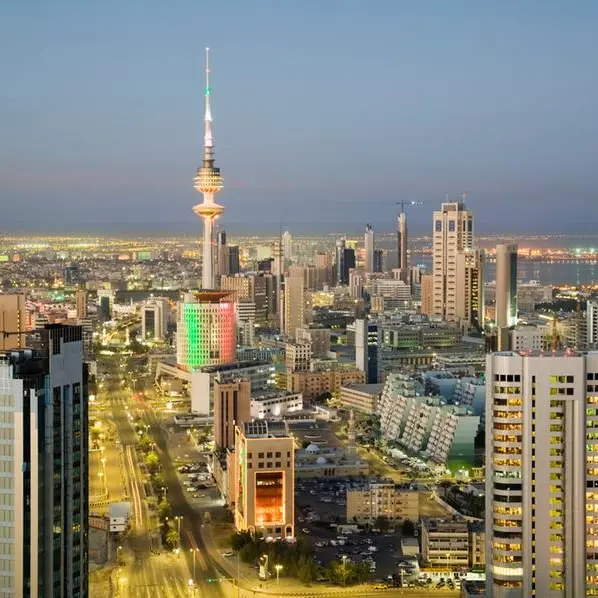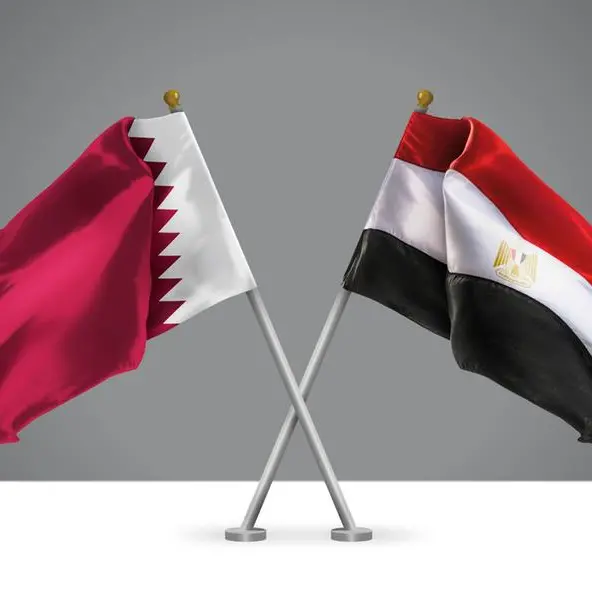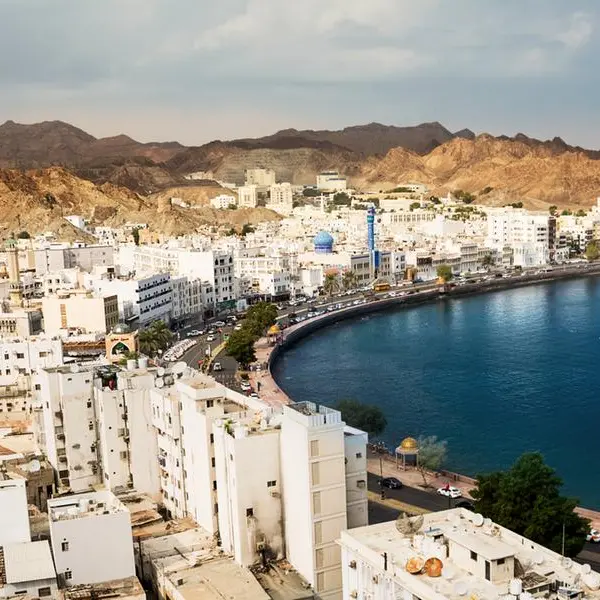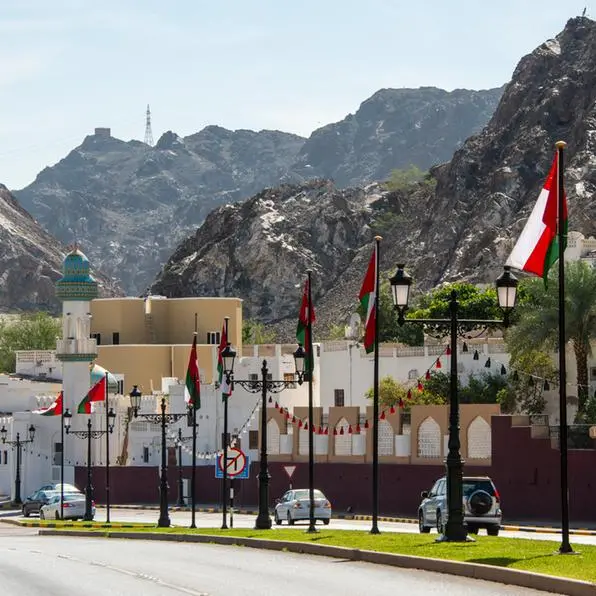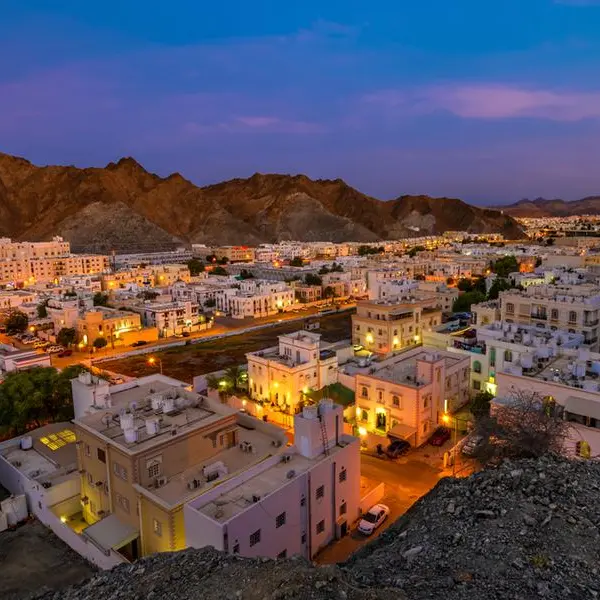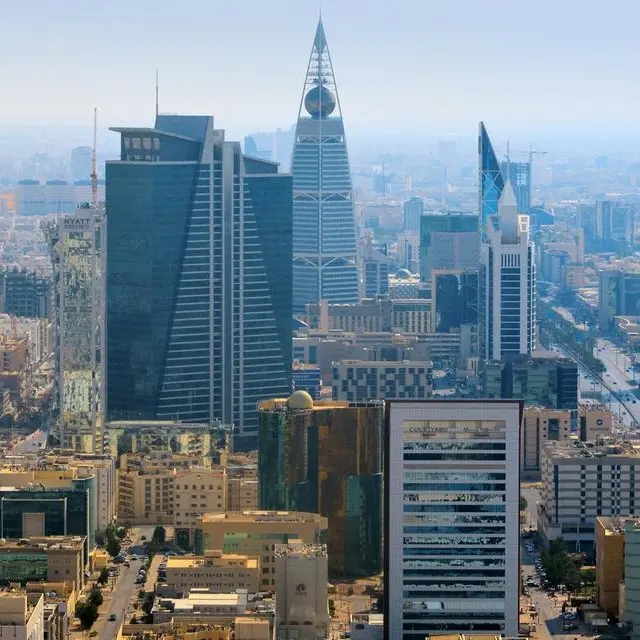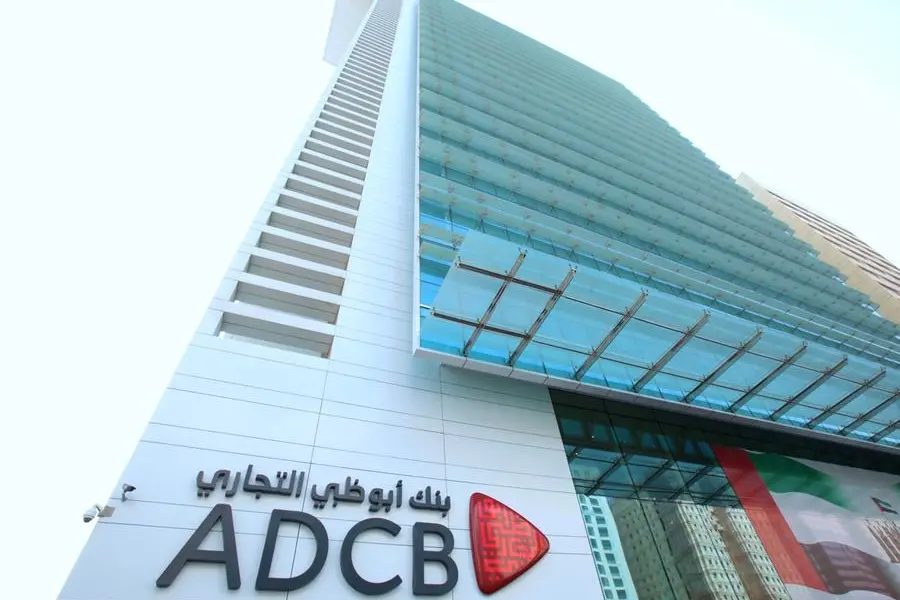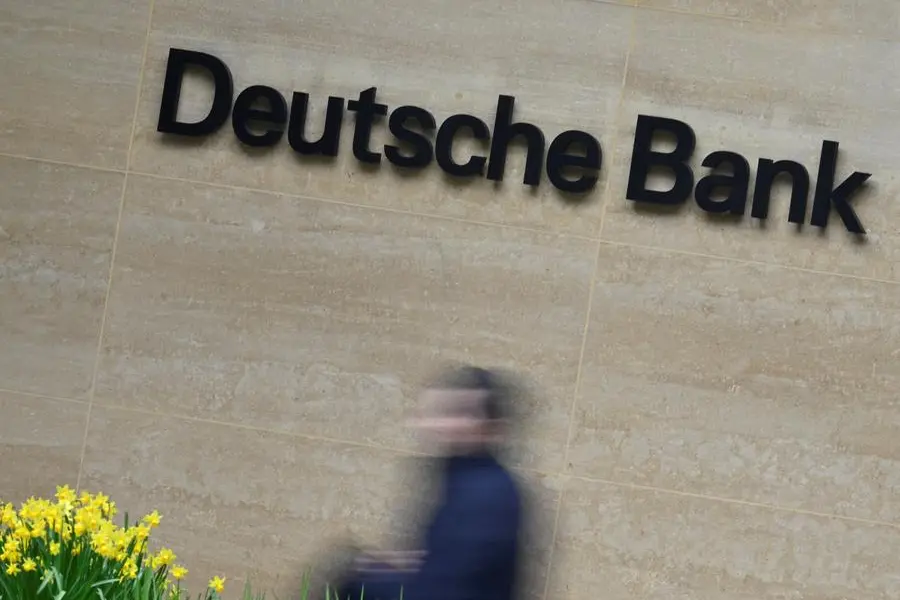PHOTO
The Central Bank of the UAE (CBUAE). Image courtesy WAM
The UAE’s real gross domestic product (GDP) growth is forecast to decelerate to 3.9% in 2023, primarily due to lower oil production and more moderate growth in the non-oil sector, the Central Bank of UAE (CBUAE) said in its Financial Stability Report 2022.
The oil and non-oil GDP will rise by 3.0% and 4.2%, respectively, this year, the central bank said in the report released on Thursday.
The real GDP increased by 7.9% in 2022, compared to 4.4% in 2021, driven by a 7.2% increase in non-oil sector GDP and a 9.5% expansion in oil-sector GDP.
The UAE was one of the fastest-growing economies last year, boosted by the removal of most COVID-19-related restrictions and a recovery in global travel and tourism, real estate and construction and manufacturing sectors.
In addition, the growth was supported by improved activity associated with global events such as the Dubai EXPO and FIFA World Cup in Qatar.
“The UAE financial system continues to be strong and resilient in its ability to serve the local economy,” the report stated.
The macro-financial cycles remained stable, with no clear evidence of credit overheating and a trend towards a neutral position last year, CBUAE added.
Funding structure and private credit growth in the UAE banking system remained healthy, with resident deposit growth outpacing credit growth.
ESG funding gains traction
ESG finance in the country gained traction, with green debt issuances reaching AED 23.4 billion ($6.37 billion) in 2022, accounting for about 18.2% of total bond issuances during 2022.
More than 70% of ESG fixed-income securities were issued in the UAE by banks, with the remainder issued by the corporate sector.
Strong sectoral growth
The UAE insurance sector remained prudentially sound and experienced sustained business growth, with gross written premiums surpassing pre-pandemic levels.
On the other hand, the finance companies sector maintained its resilience despite a further contraction in business volumes.
Outward remittances through exchange houses continued to moderate for the third consecutive year, declining 1.4% to AED 145.7 billion in 2022, CBUAE said.
Outward remittances consisted mainly of personal remittances at AED 105.9 billion, followed by trade remittances at AED 28.5 billion, other remittances at AED 10.6 billion, and investment remittances at AED 0.7 million.
The top three countries for outward remittances were India, making 30.5% of the total remittances, Pakistan (12.2%) and the Philippines (8.4%).
Khaled Mohamed Balama, Governor of the CBUAE, said: “The UAE Financial Stability Report 2022 demonstrates the best practices followed by the CBUAE in maintaining a stable, sustainable and resilient financial sector that is able to manage potential risks.”
In June, the UAE, OPEC’s third-largest producer, will voluntarily cut its output by 144,000 bpd until the end of December 2024.
(Editing by Seban Scaria seban.scaria@lseg.com )
